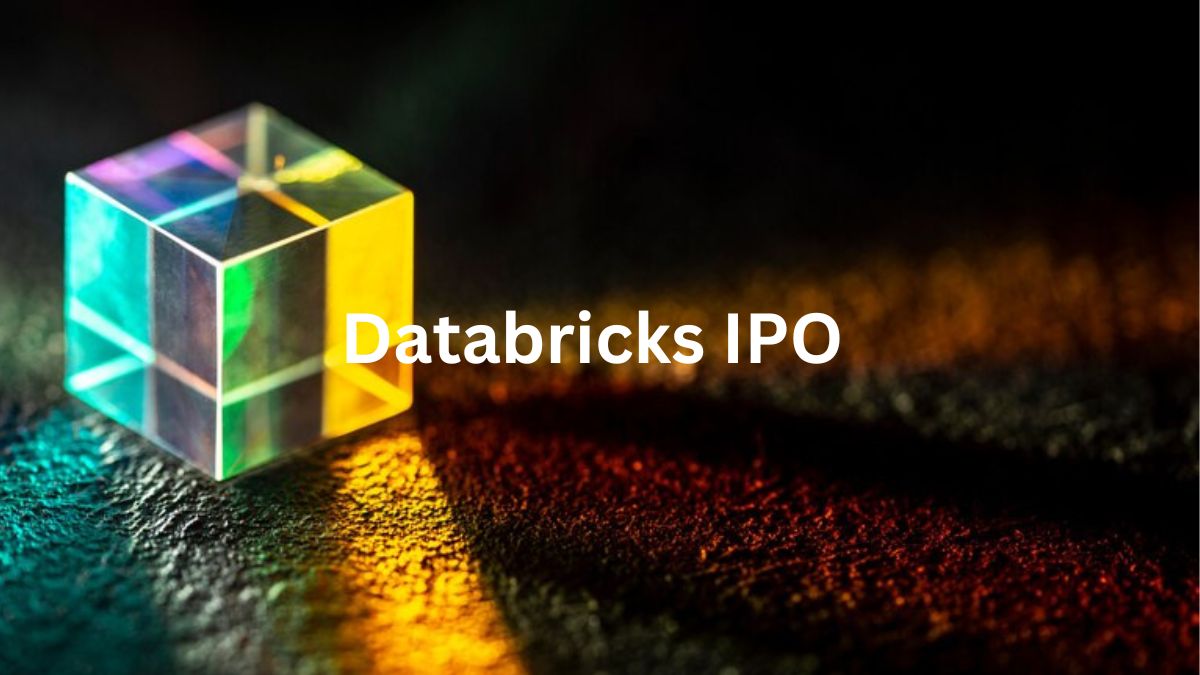Founded in 2013 by the creators of Apache Spark, Databricks IPO has grown into a formidable player in the data analytics and AI space. The company was established with a clear mission: to simplify big data and AI processes, making them accessible and usable for organizations worldwide. Over the years, Databricks has achieved significant milestones, including the development of its flagship product, the Databricks Lakehouse Platform, which revolutionized data engineering, data science, and machine learning.
Understanding Databricks’ Business Model
At the core of Databricks’ operations is the Databricks Lakehouse Platform. This unified platform bridges the gap between data lakes and data warehouses, offering a seamless solution for storing, processing, and analyzing large volumes of data. Key services provided by Databricks include data engineering, collaborative data science, full-lifecycle machine learning, and business analytics. Their target market spans various industries, including finance, healthcare, and retail, aiming to solve complex data challenges.
The Evolution of Databricks
Databricks’ journey has been marked by several key growth phases. Initially, the company focused on developing its technology and gaining traction within the tech community. Successive funding rounds, including substantial investments from venture capital giants like Andreessen Horowitz and Tiger Global Management, fueled their expansion. Strategic partnerships with cloud providers such as AWS, Azure, and Google Cloud further cemented their market presence, allowing Databricks to scale and innovate continuously.
Market Position and Competition
Databricks holds a strong position in the highly competitive data analytics industry. Their innovative Lakehouse Platform sets them apart from traditional data warehousing solutions and other data lake offerings. Competitors include Snowflake, Cloudera, and Google BigQuery, each vying for dominance in the big data and AI markets. Databricks’ unique selling proposition lies in its ability to unify data and AI workflows, enhancing productivity and driving business insights.
Financial Health of Databricks
Financially, Databricks has demonstrated robust growth. Revenue figures have surged, reflecting increasing demand for their services. While profitability is a critical metric, Databricks has primarily focused on scaling its operations and expanding its market reach. Their valuation, which soared past $38 billion in the latest funding round, underscores investor confidence in their business model and prospects.
Why Databricks Chose to Go Public
Choosing to go public is a strategic decision for Databricks. An IPO offers several advantages, including access to substantial capital, increased visibility, and enhanced credibility in the marketplace. The timing also aligns with favorable market conditions and the growing importance of data-driven decision-making across industries.
The IPO Process
Launching an IPO is a multi-step process. For Databricks, it involves preparing the necessary financial documentation, selecting underwriters, and setting the initial share price. Key stakeholders in this process include the company’s executives, financial advisors, and the investment banks underwriting the IPO. While the exact timeline is yet to be confirmed, industry insiders anticipate the IPO to take place within the next 12 months.
Challenges and Risks
However, the IPO journey is fraught with challenges and risks. Market volatility can impact the share price, and competitive pressures from other tech giants can affect Databricks’ market position. Moreover, maintaining rapid growth while achieving profitability is a delicate balancing act that Databricks will need to navigate carefully.
Impact on Employees and Stakeholders
For employees, the IPO represents a significant milestone. Employee stock options could see substantial appreciation, translating into financial rewards. Stakeholders, including early investors and partners, are likely to view the IPO as a validation of their support and confidence in Databricks’ vision and leadership.
What This Means for Investors
For investors, Databricks’IPO offers an enticing opportunity. The potential for substantial returns is high, given the company’s robust growth trajectory and market position. However, it’s essential to consider the long-term investment prospects and the inherent risks of investing in tech IPOs, which can be volatile.
Future Prospects of Databricks Post-IPO
Post-IPO’Databricks is expected to focus on aggressive growth strategies. This includes expanding their product offerings, entering new markets, and investing in innovation. Their plans for continuous product development and enhancing AI capabilities will likely drive future growth and solidify their market leadership.
Expert Opinions and Predictions
Industry analysts and financial experts hold optimistic views about Databricks’ future. Many predict that the company will continue to innovate and expand, leveraging its strong market position. Financial forecasts suggest sustained revenue growth, albeit with a focus on achieving profitability in the coming years.
How to Invest in Databricks’IPO
For retail investors interested in Databricks’IPO, the process involves several steps. First, it’s essential to have a brokerage account that allows participation in IPOs. Researching the company’s financial health, understanding the risks, and considering the investment timeline is crucial before making a decision. Consulting with financial advisors can provide additional insights and guidance.
Conclusion
The Databricks’IPO is a landmark event in the tech industry, reflecting the company’s rapid ascent and significant impact on data analytics and AI. While the journey to this point has been impressive, the future holds even greater promise. For investors, employees, and stakeholders, the IPO represents a moment of opportunity and transformation. As Databricks embarks on this new chapter, the tech world will be watching closely.
FAQs
What is an IPO and why is it important?
An Initial Public Offering (IPO) is when a private company offers its shares to the public for the first time. It’s important because it allows the company to raise capital from public investors and can significantly enhance its market visibility and credibility.
How can I invest in the Databricks IPO?
To invest in the Databricks’IPO, you need a brokerage account that supports IPO participation. Stay informed about the IPO date, pricing, and other details, and consider consulting with a financial advisor to make an informed investment decision.
What are the risks of investing in a tech IPO?
Investing in a tech IPO comes with risks such as market volatility, the company’s financial performance, competitive pressures, and broader economic conditions. It’s essential to assess these risks before investing.
How does Databricks compare to its competitors?
Databricks stands out for its unified Lakehouse Platform that integrates data engineering, data science, and AI. While competitors like Snowflake and Cloudera offer strong products, Databricks’ unique approach and strong partnerships provide a competitive edge.
Read More: Top Benefits of Attending Spotify Festival





